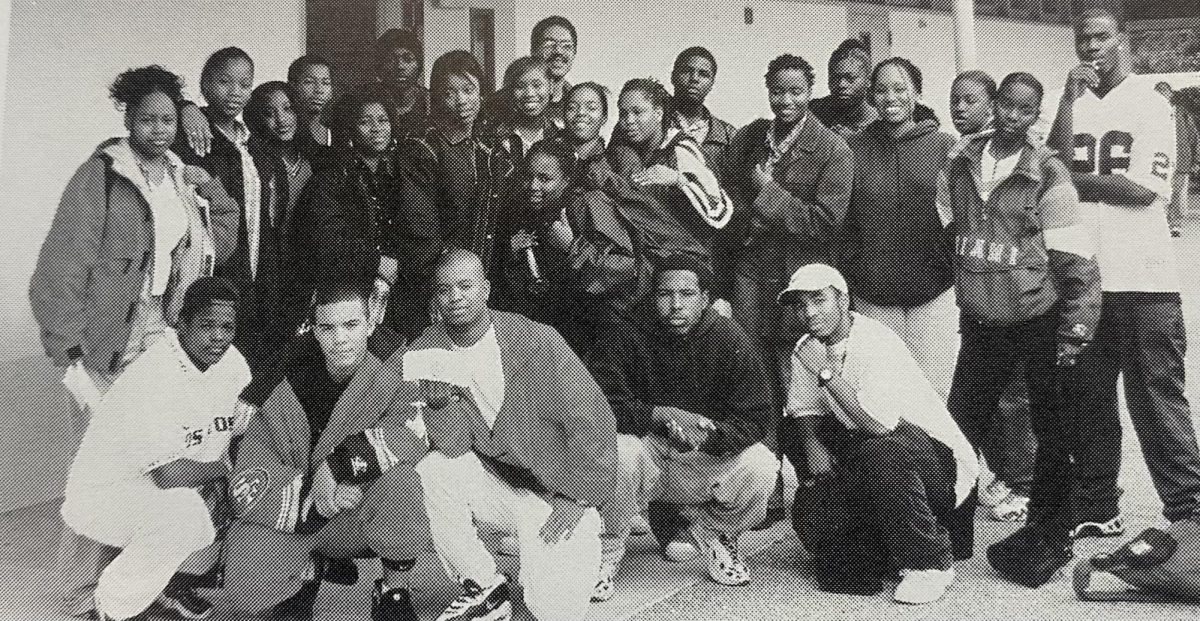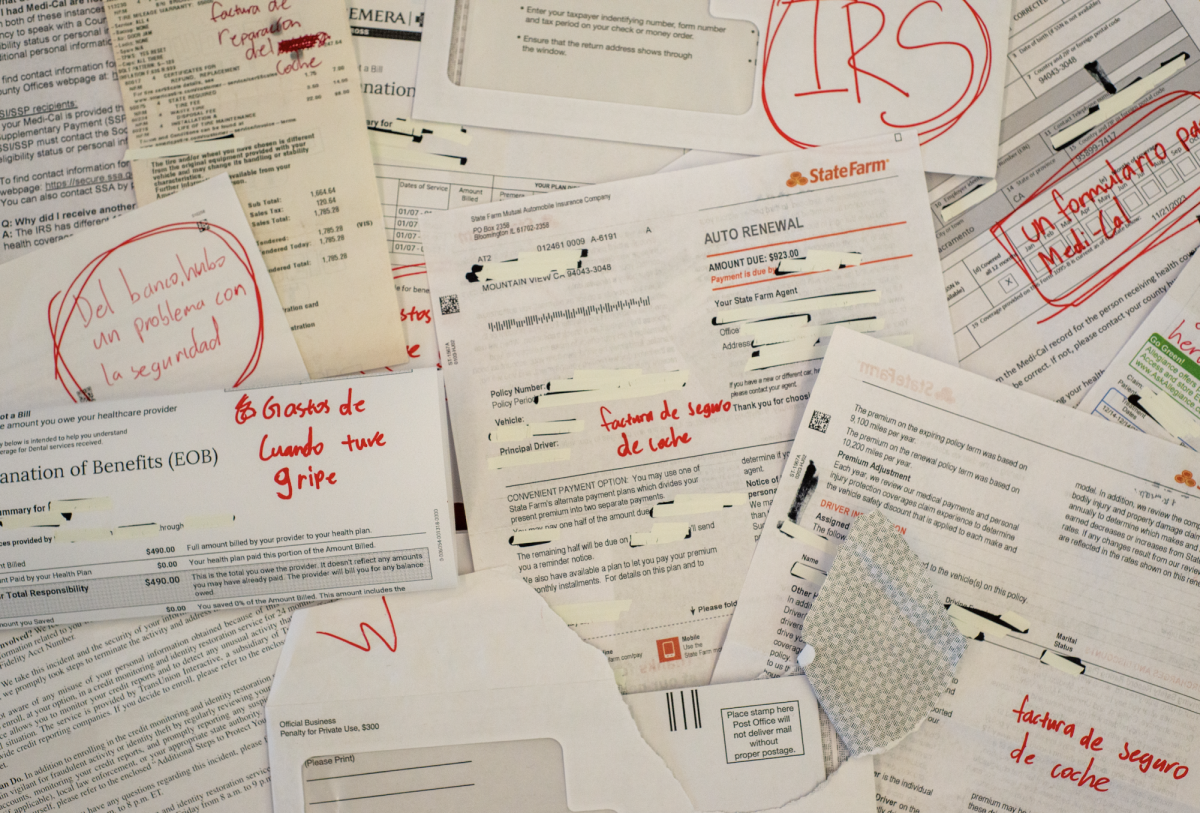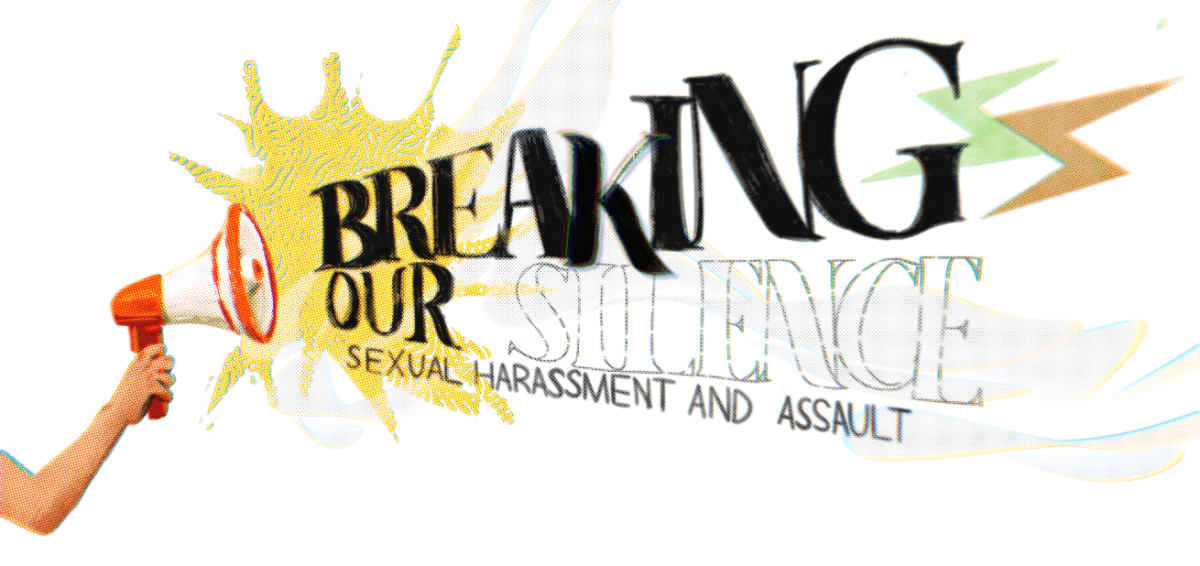Coming Out & Homophobia
He came out during a school assembly, and then later that day to his parents. While the entire process went rather smoothly, there are difficulties with expressing a sexual orientation not prevalent in society. This student, who wishes to remain anonymous, identifies as gay. While he has never been physically bullied, he is still frustrated with how prevalent homophobia can be in society today.
“There’ve been times when people have talked behind my back, saying how they’re like scared of me … but I’ve never been confronted or actually been bullied by anyone,” he said. “I’ve been called a ‘faggot’ and stuff, on the street.”
This student views homophobia as an ungrounded fear that makes incorrect assumptions about the characteristics of people who identify as LGBTQ.
“I think people have this tacit fear that a gay person of their same gender will automatically be attracted to them just because they’re gay,” he said. “And it’s ridiculous. If a guy was straight and a girl was straight that doesn’t mean they’re going to be attracted to you. That’s an expectation that everyone seems to have no matter how accepting they are.”
In addition, senior Dennis Saenz, who identifies as bisexual, believes that using LGBTQ terms as insults associates them with an unfair, negative connotation. This, in turn, can help to propagate other prejudices and stereotypes against the LGBTQ community.
“I think it’s appropriate to use LGBTQ terms when describing yourself or when identifying yourself as LGBTQ,” Dennis said. “But when such terms are used to diminish something or someone, that’s not appropriate. Gay does not act as a substitute for ‘stupid’ or any other derogatory words. Gay is simply not a derogatory term.”
Aaron Schneider, a sophomore at Woodside High School, identifies as gay. He considers himself lucky for not having faced anything near the horror stories of gay teen bullying nationwide; however, his steps towards to gender equality have been arduous.
“Before I came out people would constantly bother and sometimes bully me because they thought I was gay,” Aaron said.
Aaron believes that having a supportive adult who has gone through the same struggles as him can help.
“One of my favorite middle school teachers showed me that it was possible to have a happy life as an openly gay person,” Aaron said.
In addition to supporting LGBTQ youth, it is also important to educate students about homophobic tendencies or actions. When PE teacher Kiernan Raffo hears students using LGBTQ terms in inappropriate ways, she attempts to shed some light on students’ actions.
“If I hear my students say it, then I call them out on it every time,” Raffo said. “I make them aware. Sometimes, I’ll hear it used more than once and I’m like ‘Wow, clearly you feel strongly that you don’t like this population of people.’ I get sarcastic with them … and it kind of zooms into perspective for them … so I can prove to them, you know, there’s really no difference.”
Yet even with this support, the process of coming out for Aaron, while not harmful, was still challenging.
“I decided to tell my parents before I became open about it, and that didn’t go as well,” Aaron said. “They said they ‘accepted me’ and maybe they did but they just seemed surprised and didn’t know how to picture their own son being gay. There was a lot of tension and unspoken thoughts for about six months.”
While there has been some progress toward social equality, their issue is still far from being resolved. In practice, the divisions caused by gender and sexual discrimination are still present in local high schools.
“I don’t find my school to be overall accepting,” Aaron said. “I never have problems with people giving me trouble but I can sense that some people become uncomfortable. Like at most schools I would assume that a guy calling another guy ‘gay’ is still an insult, I hear it at least ten times a day, never directed at me, but still as if being gay is a horrible thing.”
The Gender Binary
Often a textbook description of what it means to be a part of the LGBTQ community does not suffice. While terms such as bisexual and queer may have specific definitions in some minds, identifying as LGBTQ can mean something different to each individual.
Sophomore Sasha Sobol, identifies as genderqueer.
“Basically, it means that I identify outside of the gender binary,” Sasha said.
The gender binary is the idea that there are two genders: male and female. As a result, identifying as genderqueer is often defined as something slightly different by each individual.
“The thick of it is, I don’t have a concrete connection to my own gender,” sophomore Annie said. “I am more concerned with how people view me and I would much rather be called a boy than a girl, officially, but all my life I’ve felt gender was simply not something on my mind. My subconscious never thought of me as a boy or girl, but rather ‘it,’ ‘me,’ or ‘them.’”
The use of gender-neutral pronouns is common among those who identify as genderqueer, meaning that they prefer to be referred to with words such as “they” or “ze” instead of “he” or “she.” However, Sasha believes the concept of gender binary is a big influence in preventing students from using these types of pronouns.
“[The school] is definitely not unsafe, but the whole idea of there being two and only two genders is very much developed here,” Sasha said.
Annie, along with other individuals who identify as genderqueer, often find that they have a hard time fitting themselves into a ‘female’ or ‘male’ category. Annie started to realize that she might not fit into one of the two strictly defined genders when she was 13.
“I just thought being masculine was something girls dealt with and eventually got over, really. Or they became ‘dykes,’” Annie said. “I didn’t know that large groups of non-binary genders and trans* people existed, or that there was even a word for it.”
Just like Annie, college sophomore West has had similar experiences with being genderqueer.
“I think one reason [being genderqueer] never crossed my mind is because while I never really fit in as a girl, I also didn’t fit into ‘boy,’” college sophomore West said. “I didn’t have any other vocabulary for gender, or knowledge about gender. I didn’t know that gender was so malleable, or that trans* was such a wide umbrella.”
Both West and Annie have experimented with how they present themselves to reflect their gender identity.
“My expression tends to the masculine or androgynous side,” West said. “However I’ve been embracing my feminine side as well, and discovering that I can be both at the same time, and that I can paint my nails or wear lipstick and still not be a girl. When I first started being about being non-binary I presented very masculine because I felt that people would not take my gender seriously if I still looked feminine.”
However, Sasha is not dissatisfied with people’s adherence to the gender binary.
“Obviously, they’re not used to it,” Sasha said. “It’s not something that people really know what to do with. It’s something that most people don’t know about.”
Not recognizing or understandning about this gender binary system ultimately contributes to making it difficult to identify outside of the gender-binary system.
“When I move through public spaces I have to be one or the other,” West said. “It’s hard to … constantly wonder what gender people are attributing to you, or to get misgendered by well-meaning people with a ‘Have a good day ma’am.’”
Gay Marriage
Currently, only nine states have legalized marriage between same sex couples. The Supreme Court will be hearing a case dealing with California’s gay marriage legislation during their current session. They will begin hearing arguments March 26.
In 2008, California passed Proposition 8 which outlawed gay marriage; however, this has since been overturned by the courts.
The Supreme Court now has the power to decide the fate of gay marriage and there are many possible outcomes. The court could potentially find in favor of Proposition 8, leaving the door open to more anti-same sex marriage legislation. On the flip side, the court could find the law is unconstitutional, which would have the potential to set precedent for the overturn of other anti-same sex marriage laws.
While more of the general public now supports the right of the LGBTQ community to marry, what the courts decide is equally important.
Defense of Marriage Act
However, beyond simply dealing with the issue of gay marriage on a state-by-state level, the Supreme Court is also hearing a case on section 3 of the Defence of Marriage Act (DOMA).
“For me though I think the most important thing is that section 3 of DOMA has to be found to be unconstitutional,” local gay rights activist Kathy Levinson said.
This section of the law makes it so that gay couples, despite being married legally in their states, still aren’t given the federal benefits afforded to heterosexual spouses.
With section 3 on the books, gay couples would not receive many of the tax benefits that straight couples do. For the purposes of the federal government, the couple is considered effectively unmarried.
In the case that the Supreme Court is hearing, an elderly woman was charged in excess of $300,000 in taxes on the estate of her late wife. These taxes would not have been incurred if the estate had been transfered to a spouse, but in the eyes of the federal tax system, they were unmarried.
Along with state-by-state gay marriage laws, repealing DOMA has become a priority for many gay rights activists, because many of the benefits married couples receive are dealt with at a federal level.
Anti-Discrimination Legislation
However, even if married couples were afforded the same legal rights, there is still the issue of the way people identifyin as LGBTQ are treated in society. Many gay rights activists, including Levinson, are making the passage of anti-discrimination legislation a priority.
“We’ve seen the elimination of Don’t Ask, Don’t Tell, so that’s the largest employer in the United States but I would say many of those gains are mitigated by the absence of federal regulation,” Levinson said. “So, for example, in 29 states it’s still legal to fire somebody for being gay.”
Additionally, in 35 states gay people can be denied housing on the basis of their sexuality. This lack of anti-discrimination legislation can cause widespread problems for those identifying as LGBTQ. While in California, these issues are not as prevalent as in other states, this is still a strong focus point for LGBTQ activists.
In an effort to combat this discrimination, many want to pass a Federal Employment Nondiscrimination Act (ENDA), which would ensure that gay workers are treated equally. This legislation has been considered since the 1990s, when DOMA was originally passed, but ENDA has never garnered enough support for passage.
Along the same lines, Levinson, along with many others, is working toward increased anti-bullying legislation. In many cases, students who are bullied because of their sexual orientation are traumatized by the experience. Offering stronger criminal penalties for bullying is seen as a way to disincentivize the behavior.







